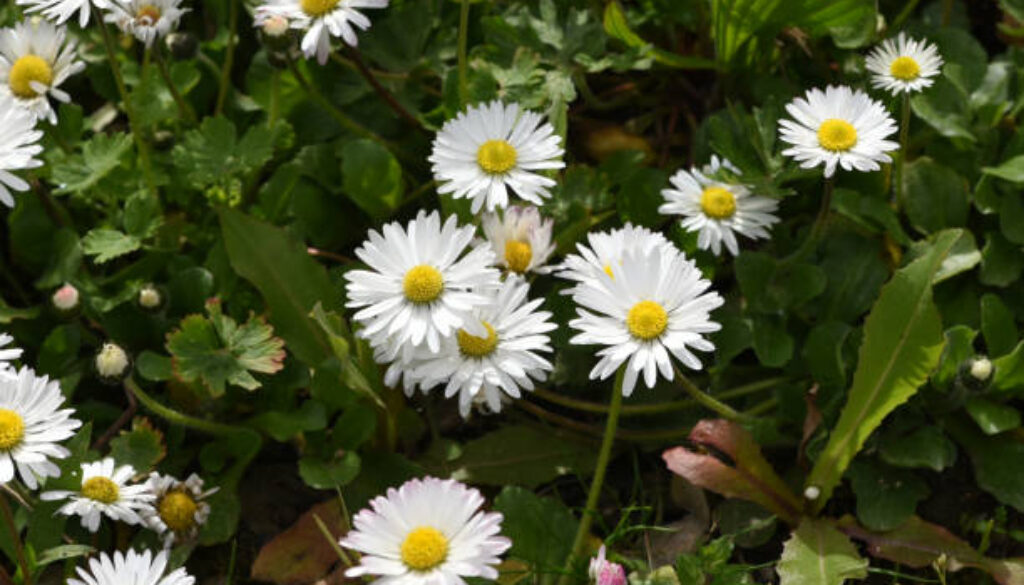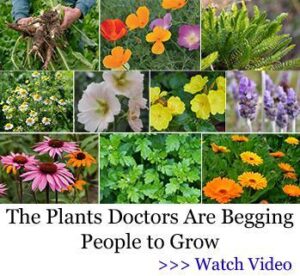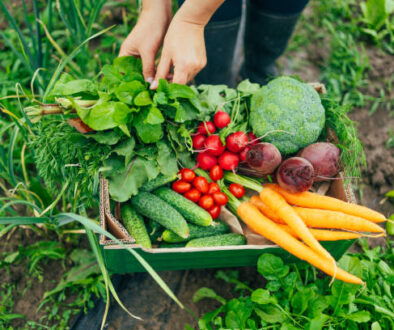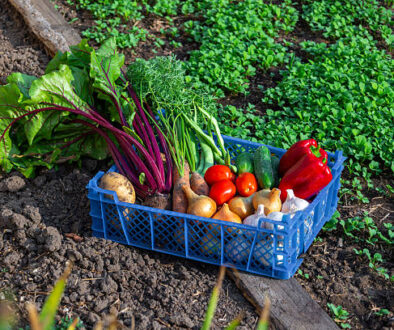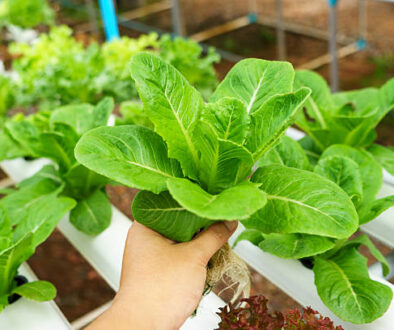9 Powerful Medicinal Herbs to Add to Your Healing Herbs Garden
This post may contain paid and/or affiliate links. I may earn a small commission at no extra cost to you.
A healing herb garden isn’t just a beautiful addition to your backyard; it’s a natural pharmacy right at your fingertips. Imagine stepping outside and picking fresh medicinal herbs to soothe a headache, calm stress, or support your immune system. Isn’t that awesome?
Whether you’re starting a medicinal herb garden for the first time or expanding your existing herbal medicine garden, adding the right herbs can make all the difference.
Now, let’s explore 9 of the most powerful medicinal herbs you should consider planting.
1. Chamomile – The Gentle Soother
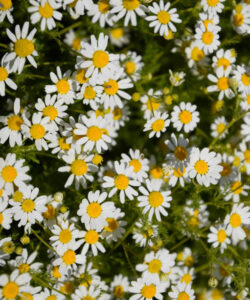
Chamomile is a classic herb for relaxation. Its flowers are often used as tea to calm nerves, aid sleep, and soothe digestion.
Chamomile grows well in pots or garden beds, preferring sunny spots and well-draining soil. Having it in your healing garden ensures a calming cup is always close at hand.
Tip: Harvest the flowers when fully open and dry them for later use.
Related:
- Why Having a Medicine Herbs Garden at Home is The Best Thing You Can Do
- The Main Benefits of Having a Medicine Garden in Your Backyard
- How to Start a Medical Garden at Home for Natural Healing (Step-by-Step) Guide For Beginners
2. Lavender – Calming and Antiseptic
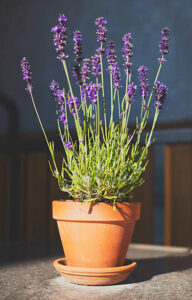
Lavender isn’t just fragrant; it’s also a medicinal plant with antibacterial and calming properties. Perfect for your medicinal herb garden, lavender can be used in teas, bath soaks, or homemade salves. Its strong scent even helps repel insects naturally.
Tip: Trim flowers before they fully bloom to encourage continuous growth.
3. Peppermint – For Digestion
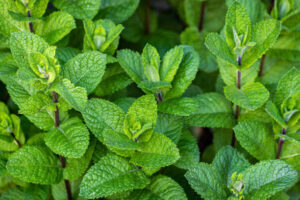
Peppermint is a must-have for any herbal medicine garden.
It soothes digestive discomfort, reduces headaches, and can even relieve congestion.
Peppermint spreads quickly, so planting it in a pot or contained area in your healing garden is a smart move.
Tip: Crush fresh leaves into hot water for a refreshing, medicinal tea.
4. Echinacea – Immune Booster
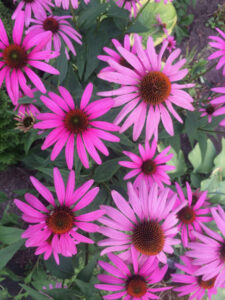
Echinacea is famous for supporting the immune system, helping your body fight off colds and infections.
Its striking purple flowers add beauty to your medicinal herb garden, and its roots and leaves can be used for teas and tinctures.
Tip: Plant in full sun and well-drained soil for best growth.
5. Thyme – Tiny Leaves, Mighty Benefits
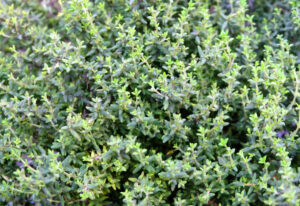
Thyme is a versatile medicinal herb with antibacterial and antiviral properties.
It’s excellent for respiratory health and can be used in cooking or herbal remedies. In your healing herb garden, thyme thrives in sunny spots with well-drained soil.
Tip: Snip sprigs regularly to encourage bushy growth.
6. Lemon Balm – Stress Relief and Mood Booster
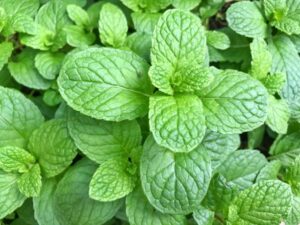
Lemon balm has a gentle lemony scent and is well-known for reducing stress and anxiety.
It also supports digestion and promotes restful sleep. Plant it in your herbal medicine garden for a calming tea right from your backyard.
Tip: Lemon balm can spread aggressively, so consider planting it in a container if you want to control growth.
7. Ginger – Warming Root Medicine
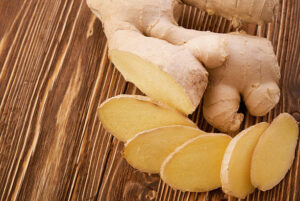
Ginger is a powerful herb for digestion, inflammation, and circulation.
While it prefers warmer climates, you can grow it in pots and bring it indoors during colder months. Fresh ginger root from your medicinal herb garden makes a flavorful and healing addition to teas, soups, and remedies.
Tip: Plant rhizomes in rich soil and keep soil consistently moist.
8. Holy Basil (Tulsi) – Adaptogen Hero
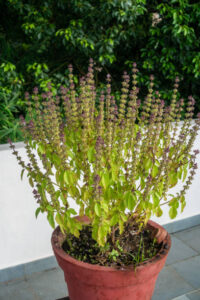
Holy basil is revered for its adaptogenic properties, helping the body manage stress while supporting immunity.
A healing garden with tulsi ensures you have fresh leaves for teas or tinctures whenever needed.
Tip: Tulsi prefers sunny locations and regular watering, and can also be grown in pots indoors.
9. Calendula – The Skin Healer
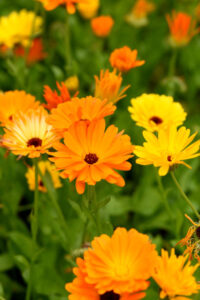
Calendula is a must for anyone growing a medicinal herb garden focused on skin care.
Its bright flowers have anti-inflammatory and healing properties, perfect for salves, oils, and teas.
Calendula also attracts beneficial insects to your garden.
Tip: Harvest petals when fully open and dry them for long-term use.
Tips for a Thriving Healing Herb Garden
- Start small: Begin with 3–5 herbs and expand gradually.
- Know your soil and sunlight: Most medicinal herbs prefer well-drained soil and 6+ hours of sun daily.
- Water carefully: Avoid overwatering; most herbs like slightly dry conditions between waterings.
- Harvest wisely: Pick leaves and flowers when they are at their peak potency.
- Combine for convenience: Plant complementary herbs together to save space and improve growth.
Conclusion
Creating a healing herb garden is a simple yet powerful way to take control of your health naturally.
By adding herbs like chamomile, peppermint, echinacea, and calendula, you’re not just growing plants — you’re growing wellness.
Start small, enjoy the process, and before long, you’ll have a herbal medicine garden that supports your body, mind, and spirit.
FAQs
Q1: Can I grow medicinal herbs indoors?
Yes! Many herbs like peppermint, basil, and chamomile grow well in pots indoors if they get enough sunlight.
Q2: How soon can I harvest my herbs?
It depends on the plant. Most herbs are ready to harvest 6–8 weeks after planting, but flowers like chamomile and calendula should bloom first.
Q3: Are these herbs safe for everyone?
Most herbs are safe in normal culinary and tea amounts, but check individual herb safety, especially if you are pregnant, nursing, or on medication.
Q4: Do I need a big yard to start a medicinal herb garden?
Not at all! You can grow a healing herb garden in containers, raised beds, or even window boxes.
